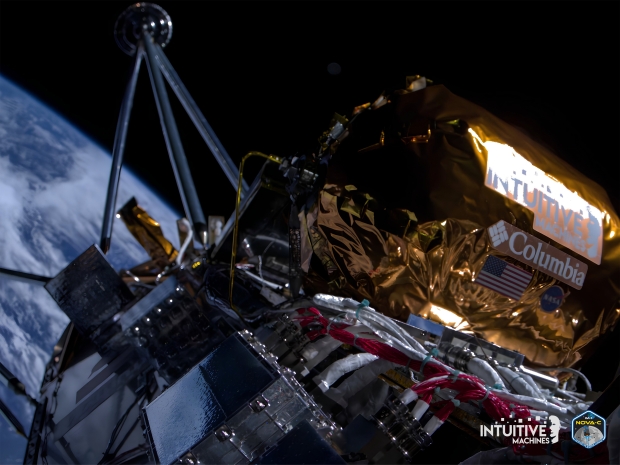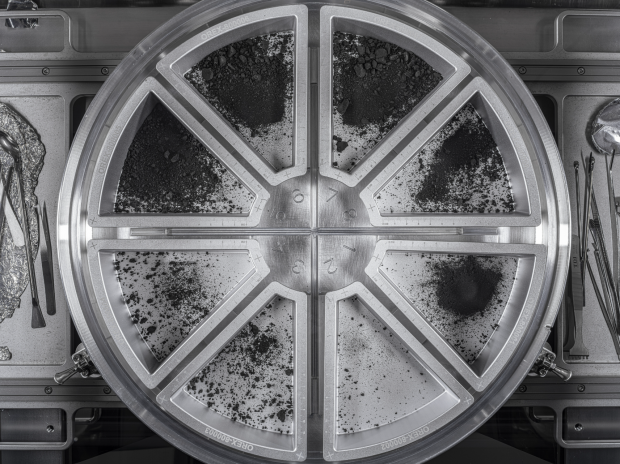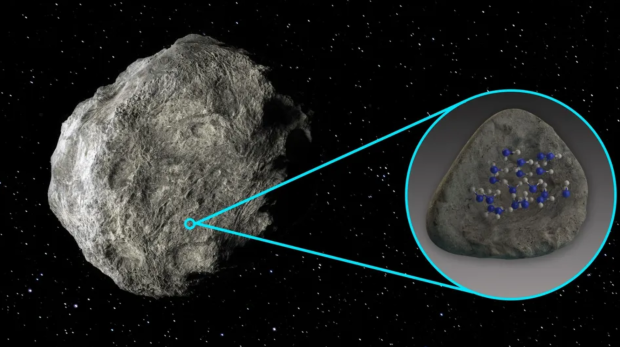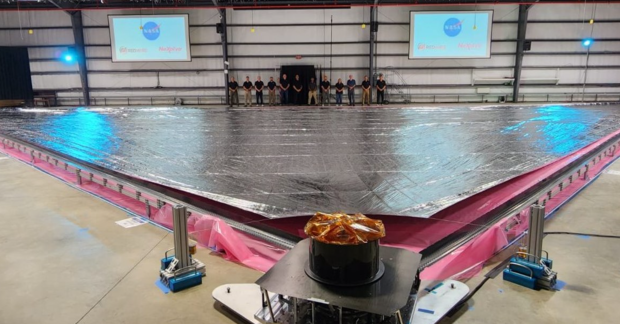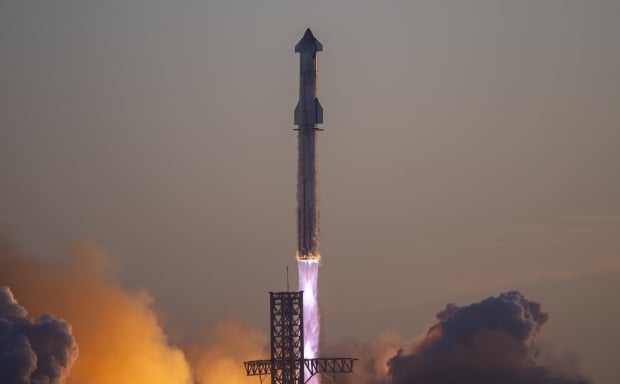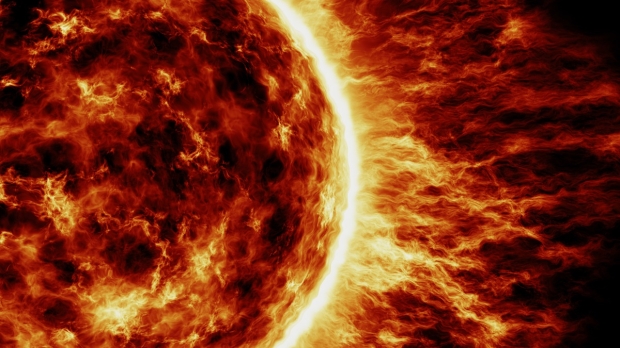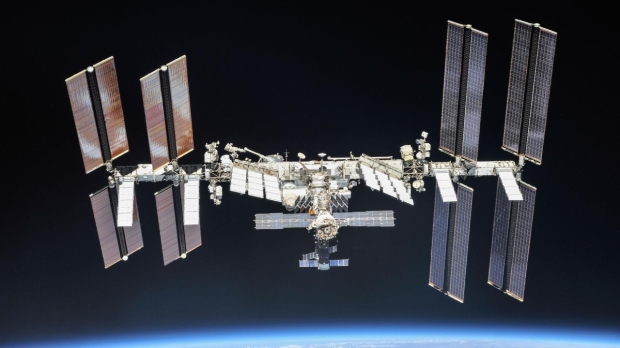Science, Space, Health & Robotics News - Page 10
Experts warn how AI could destroy humankind in just two years
In a new article published by The Guardian, Tom Lamont, the author of the piece, set out to talk to as many AI doomsayers as possible.
While the entire article is certainly an interesting read, one quote, in particular, stood out from the bunch of experts Lamont spoke to. Eliezer Yudkowsky, an AI researcher that Lamont said was the most pessimistic about the future of AI implementation out of the researchers he spoke to, and according to Yudkowsky, humanity has a "shred of a chance" at surviving what's coming.
Yudkowsky is the lead researcher at a nonprofit called Machine Intelligence Research Institute in Berkeley, California, and according to the interview, if Yudkowsky was "put to a wall" and forced to give probabilities on what the future entails, "I have a sense that our current remaining timeline looks more like five years than 50 years. Could be two years, could be 10." The two were discussing the context of how long until humanity faces a Terminator-like apocalypse or Matrix hellscape.
Continue reading: Experts warn how AI could destroy humankind in just two years (full post)
First Neuralink patient can control a mouse with their thoughts, says Elon Musk
Elon Musk has said the first human patient to receive a Neuralink brain chip implant was able to control a mouse successfully.
It was on January 30 that Musk announced the first human to receive an implant from Neuralink, Musk's brain-chip implant company. At the time, Musk said the initial results from the brain-chip implant showed "promising neuron spike detection". For those who aren't sure what that exactly means, the National Institute of Health explains that cells use electrical and chemical signals to send information around the brain and body. These signals appear as spikes when fired by a neuron.
Additionally, Musk wrote on the same day he announced the first brain-chip patient transplant was successful that Neuralink will enable "control of your phone or computer, and through them almost any device, just by thinking". Now reports indicate the first brain-chip patient seems to have made a full recovery, with "no ill effects that we are aware of," per Musk in a recent Spaces event on X. Furthermore, Musk said the patient is able to "move a mouse around the screen by just thinking."
Lunar lander launched by SpaceX shoots back epic images of Earth on its way to the Moon
SpaceX's Falcon 9 launched Houston-based company Intuitive Machines' Odysseus lunar lander on February 15 and now the lander has snapped some awesome images of Earth on its way to the surface of the Moon.
The Odysseus lunar lander completed two engine burns in deep space on February 16 and February 18, and according to reports from Intuitive Machines the lander is currently on track to reach the surface of the Moon on February 22. The next challenge for Intuitive Machines is to successfully place the Odysseus into "lunar orbit insertion," which is when the lander will fire up its engines and place itself in orbit around the Moon. This event is expected to take place on February 21.
Intuitive Machines is targeting a small crater approximately 190 miles from the Moon's south pole. This location isn't irrelevant as its about the same location as where NASA intends to land astronauts under its Artemis program, specifically Artemis 3 which is expected to make its landing sometime in 2026. Odysseus is bringing six NASA instruments to the lunar surface which will gather data on a variety of different aspects of not only the landing but also the lunar surface.
Scientists issue dire warning for the Amazon rainforest
A team of researchers penned a new paper published in the scientific journal Nature that warns parts of the Amazon rainforest are reaching a "tipping point".
The international team of researchers behind this study outlined that up to 47% of the Amazon rainforest is currently under threat of increased temperatures, droughts, fires, and deforestation - all of which are pushing the iconic location to the "tipping point."
The dangers of the Amazon rainforest reaching this critical threshold aren't exclusive to the Amazonian rainforest, as rainforests enrich the air with moisture, which forms the basis of precipitation, meaning if one part of the Amazon rainforest hits this "tipping point," it can create a self-propelling feedback loop affecting, potentially resulting in other areas of the rainforest, or other rainforests across the continent losing forests.
Continue reading: Scientists issue dire warning for the Amazon rainforest (full post)
NASA confirms largest asteroid sample ever collected, double what was expected
NASA successfully gathered more samples from asteroid Bennu than it initially anticipated, with the OSIRIS-REx mission now being deemed more than a success.
NASA's ORISIS-REx spacecraft delivered more than 120 grams of Bennu asteroid samples back to Earth on September 24, 2023, with the space agency now saying it was the largest asteroid sample ever collected in space and more than twice the total amount of weight than what was required for the mission to be called a success.
NASA needed to recover at least 60 grams of asteroid material to meet the goals of the mission, and when the Touch-and-Go Sample Acquisition Mechanism (TAGSAM) head was opened, researchers basked their eyes on the treasure trove of ancient asteroid material.
Scientists make the first discovery of life ingredients on an asteroid
A team of researchers studied four asteroids using sensitive instruments and, for the first time, detected key molecules that are needed for life to exist.
The research was recently published in The Planetary Science Journal and details an analysis conducted on four silicate-rich asteroids. These asteroids were analyzed by the retired Stratospheric Observatory for Infrared Astronomy (SOFIA), which was a telescope equipped with a plane that was operated by NASA and the German Aerospace Center.
SOFIA's Faint Object InfraRed Camera (FORCAST) instrument provided data on the four asteroids, and researchers found evidence of the presence of water molecules on the surface of two of the space rocks. It should be noted that water molecules have previously been detected in asteroid samples that have been returned to Earth, but this is the first time scientists have detected the presence of water on the surface of an asteroid currently in space.
Continue reading: Scientists make the first discovery of life ingredients on an asteroid (full post)
NASA hits big milestone in new spacecraft propulsion that uses the Sun
It's currently extremely expensive to get anything with significant weight into space, let alone travel from one space bearing to another.
For these reasons and many others, NASA is throwing money into the research and development of alternative ways of spacecraft propulsion, and the space agency just hit a critical milestone in the development of one of those alternative methods - solar sails. NASA has successfully rolled back or deployed one of the four quadrants of a massive solar sail currently being constructed at Redwire Space facility in Longmont, Colorado.
The idea behind the solar sail is similar to a sail on a boat, but instead of wind pushing the spacecraft, the solar sail absorbs and reflects sunlight, giving it energy and, therefore, propulsion. More specifically, when light from the Sun hits the solar sail, the momentum of the photons transfers a portion of their momentum onto it. This is a small transfer of momentum with a single photon, but since the Sun and the solar system are abundant with them, the solar sail, at least in theory, could travel much faster than the chemical rockets we see today.
Continue reading: NASA hits big milestone in new spacecraft propulsion that uses the Sun (full post)
Elon Musk teases when SpaceX will launch Starship again
Elon Musk, the head of SpaceX, teased when the Starship, the world's most powerful rocket, will attempt its second orbital test flight.
The SpaceX CEO took to X to share some information regarding the next time Starship will take to the skies. The new information came to light in a reply Musk made to the rapper Ye (Kanye West), who asked, "Where my rocket ship?". Musk wrote in response to Ye's tweet that SpaceX's massive rocket ship is expected to take flight "in about 3 weeks". Musk finished up his tweet by saying that despite the third orbital launch attempt being around the corner, he would recommend "waiting for a few more test flights before hopping on board".
For those who don't know, Starship is SpaceX's biggest and best rocket that is currently undergoing development with the overall goal of successfully reaching orbit. The rocket is slated to be the transportation method to the Moon and Mars, but its two orbital test flights, unfortunately, ended in the rocket exploding. However, the process of launching new technology involves explosions, and after every launch, SpaceX learns more about how the 400-foot-tall rocket handles.
Continue reading: Elon Musk teases when SpaceX will launch Starship again (full post)
NASA releases haunting photo of solar flare exploding from the Sun
Last week, the Sun released an extremely powerful solar flare, and NASA's Solar Dynamics Observatory snapped an incredible image showcasing the fiery outburst.
The solar flare occurred on February 9 and was an X-class solar flare, the most intense classification given to solar flares. These powerful blasts from our local star can cause some problems on Earth, and as you can probably imagine, the larger the blast, the bigger the problems. Luckily, in this case, the solar flare occurred on the side of the Sun facing away from Earth, with solar physicist Keith Strong mentioning this point on X by writing, "Goodness knows how big this flare would have been if it had happened this side of the sun."
Solar flares such as this one are often accompanied by a Coronal Mass Ejection (CME), a large wave of plasma that erupts into space in a specific direction similar to a wave. These CMEs can cause disruptions on Earth if their trajectory lines up with the planet. CME impacts result in geomagnetic storms that can cause many problems for Earth-orbiting satellites, power grids, radio signals, and GPS satellites.
Continue reading: NASA releases haunting photo of solar flare exploding from the Sun (full post)
ISS is getting its first 3D metal printer to create parts for missions to the Moon and Mars
Metal 3D printing is coming to space thanks to a new custom metal 3D printer designed by Airbus for the European Space Agency (ESA) that is now aboard the International Space Station. Not to be confused with the polymer-based 3D printers used on the ISS using plastic materials, this is the real deal - "metal being melted using a laser."
The ESA's metal 3D printer was sent to the ISS aboard the Cygnus NG-20 resupply mission and could be a game-changer for both the International Space Station and space exploration as we know it. With the ability to 3D print metal, spare parts or even brand new ones could be effectively 'manufactured' in orbit without relying on rockets and resupply missions.
3D metal printing is very different from using plastic, with the stainless steel wire of this custom printer heated up to a 1,400 degrees Celsius melting point compared to 200 degrees Celsius for plastic wire.




